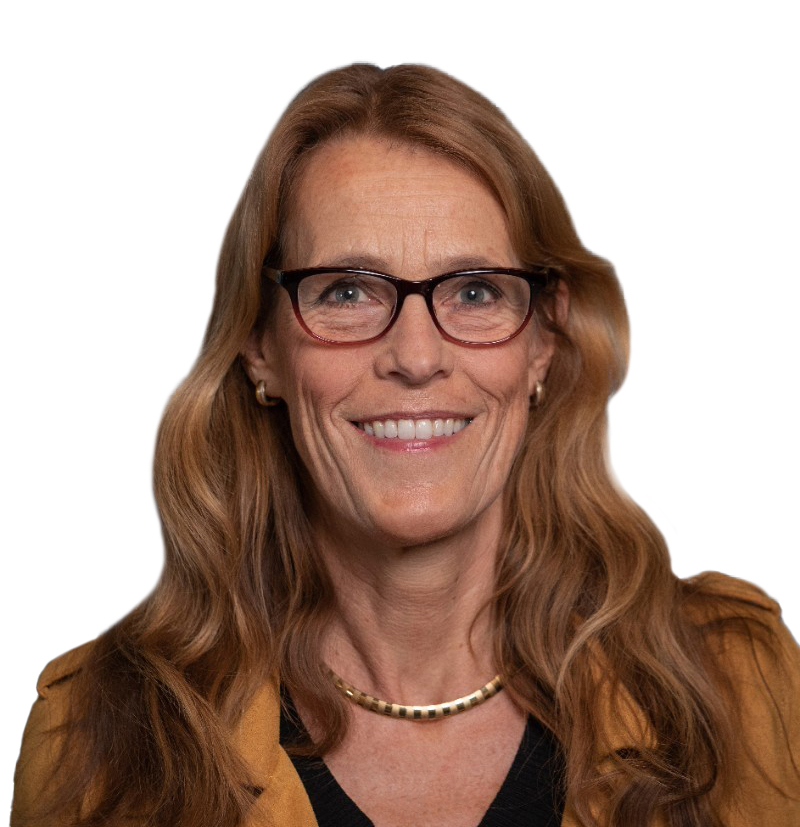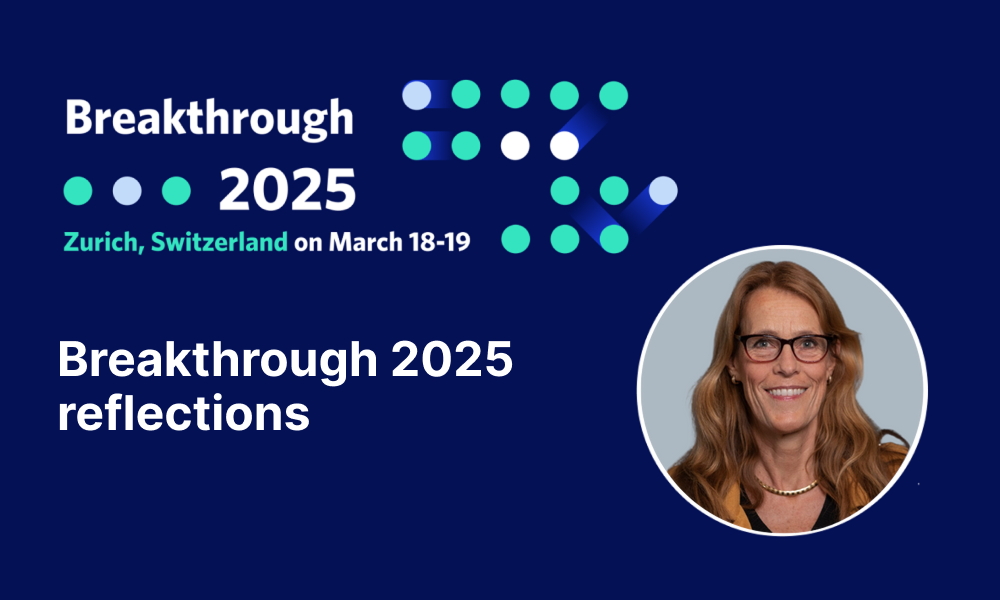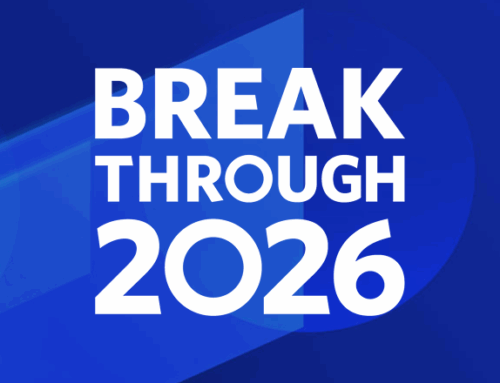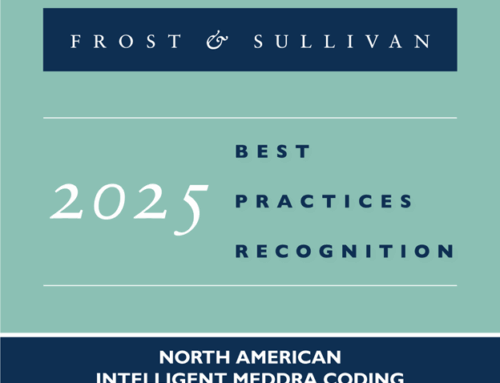Insights from Mariette Boerstoel, SVP, Worldwide Patient Safety Officer, Bristol Myers Squibb

At this year’s Breakthrough event, Mariette Boerstoel, SVP and Worldwide Patient Safety Officer at Bristol Myers Squibb (BMS), delivered a compelling keynote that went beyond the usual AI optimism. Her message: the real power of AI in pharmacovigilance lies in collaborative execution—not just cutting-edge technology.
As she opened, Mariette acknowledged the spectrum of reactions to AI across the industry—enthusiasts, skeptics, and wait-and-see traditionalists. But the reality, she emphasized, is clear: “It’s here, it’s not going away, and it’s coming at us fast and furious.”
AI at BMS: From Enthusiasm to Enterprise Enablement
BMS has taken bold steps to infuse AI into daily operations across the organization. From early enterprise-wide access to Copilot and bespoke AI tools across research and development and the enterprise, AI adoption at BMS is more than a trend—it’s a transformation.
But Mariette was quick to point out that AI success isn’t about tech alone. It’s about people. “You cannot talk about AI without also talking about data availability, interoperability—and upskilling,” she said. That’s why BMS is making substantial investments in digital training and experimentation, aiming to raise what BMS calls “AI-Q,” or the organization’s collective tech savviness.
A Multi-Partner Model: Pharma, Tech, and BPOs in Sync
One of the most powerful aspects of the BMS approach is its multi-partner collaboration model. Together with internal SMEs, IT teams, ArisGlobal, and their case processing vendor, BMS is rethinking not just the tools—but the processes and partnerships behind them with shared success and outcomes.
“We don’t want to automate a stupid process,” she remarked, underscoring the importance of concurrent process simplification alongside AI implementation. This approach ensures that efficiencies are realized without compromising quality or adding unnecessary complexity.
Two key AI initiatives are currently in flight:
- Gen AI enabled Dynamic Data extraction
- Gen AI enabled Narrative Generation
Both projects show immense promise, but Mariette noted that adoption depends on mindset. “There’s almost an emotional attachment to what a ‘perfect’ narrative looks like,” she joked, pointing out that no human-written narrative is perfect either. “Good is good enough.”
Governance with Agility
Mariette described the importance of agile governance through the Safety Digital Council, which she chairs. The council prioritizes areas of experimentation without the need for large, rigid business cases. These experiments test feasibility and expected impact, and inform the pipeline of solutions to scale. Through this structure, along with an agile team of automation enthusiasts leveraging available tools to complement PV processes, BMS has already reclaimed over 20,000 hours in under two years through automation-driven efficiency—many from small, staff-led projects.
Making AI Stick: The People Factor
Citing McKinsey data showing that 70% of transformation projects fail—often due to people, not technology— Mariette emphasized early stakeholder involvement and shared accountability. “It’s not rocket science,” she said, “but it’s critical to define success together, agree on metrics, and clearly assign responsibilities.”
As BMS scales its AI capabilities, it’s also preparing for downstream implications—like role changes, retraining, and vendor resourcing updates—ensuring a sustainable long-term model.
Final Thought: Driving Innovation Together
Mariette closed with a reminder that AI is no longer a future trend—it’s the new reality in pharmacovigilance. But realizing its potential requires shifting our collective mindset away from the pursuit of perfection, and toward experimentation, collaboration, and digital dexterity.
As she put it, “Yes, AI is here. But we still have a long way to go. The question is: how can we drive this innovation forward—together?”










